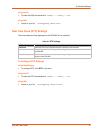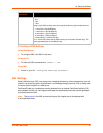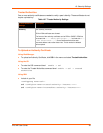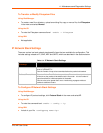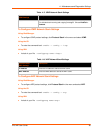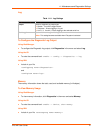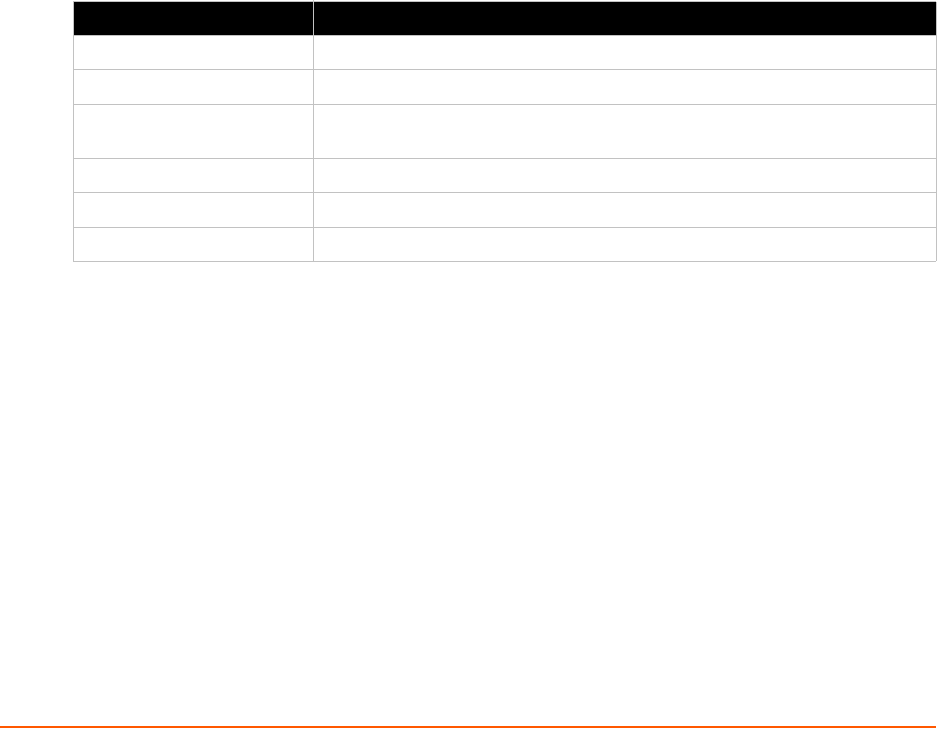
EDS-MD User Guide 65
11: Maintenance and Diagnostics Settings
Filesystem Settings
Use the file system to list, view, add, remove, and transfer files. The EDS-MD4/8/16 uses an EXT3
flash file system to store files. This is a journalled file system, which means that changes to the file
system are recorded before the actual changes themselves are made. In the event of power loss,
the use of journaling can usually recover from changes that had been started but not completed.
Some file systems may contain a 'lost+found' directory. In the event of power loss in the midst of
file system I/O, file data that cannot be fully recovered will be placed in this directory. It is
recommended to always restart the system from the Web Manager application or the CLI.
Note: It is recommended to always use the Web Manager application or the CLI to
shutdown/restart the system.
File Display
It is possible to view the list of existing files, and to view their contents in the ASCII or hexadecimal
formats.
Table 11-1 File Display Settings
To Display Files
Using Web Manager
To view existing files and file contents, click FIlesystem in the menu and select Browse.
Using the CLI
To enter the Filesystem command level: enable -> filesystem
Using XML
Not applicable.
File Display Commands Description
ls Displays a list of files on the EDS-MD, and their respective sizes.
cat Displays the specified file in ASCII format.
dump Displays the specified file in a combination of hexadecimal and ASCII
formats.
pwd Print working directory.
cd Change directories.
show tree Display file/directory tree.



